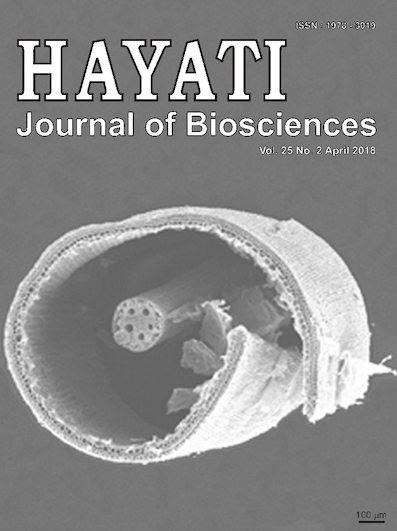Rooting System of Rice Cultivated under System of Rice Intensification (SRI) Method which Improving Rice Yield
Abstract
The development of plant roots is known to play a very important role in the uptake of water and nutrients by rice plants. However, there are few studies on what changes, if any, are induced in the rooting systems of rice plants under System of Rice Intensification (SRI) management. This research evaluated changes of rice roots with SRI method compared to conventional method of irrigated rice cultivation and assessed influences that could improve rice yield. Under SRI management, plant roots were significantly longer and heavier than with conventional method. SRI method also increased the number of root hairs by 60%, and root hairs were healthier and more vigorous compared with conventional method. However, root respiration was not different in the two methods. There was less formation of aerenchyma (air pockets) in rice roots with SRI method, as both the number and size of root aerenchyma were lower with SRI than with conventional method. The SRI method was able to improve the root length, root dry weight compared to the conventional method. The SRI method was also able to increase the number of root hairs by 60% compared with the conventional method. Eh measurements in the soil with SRI method were higher than with conventional method. However, there was no significant different in root respiration. The aerenchyma formation of rice roots in SRI method was lower than conventional method.
Downloads
HAYATI J Biosci is an open access journal and the article's license is CC-BY-NC. This license lets others distribute, remix, tweak, and build upon author's work, as long as they credit the original creation. Authors retain copyright and grant the journal/publisher non exclusive publishing rights with the work simultaneously licensed under a https://creativecommons.org/

























.png) IPB University
IPB University Department of Biology
Department of Biology The Indonesian Biological Society
The Indonesian Biological Society 

